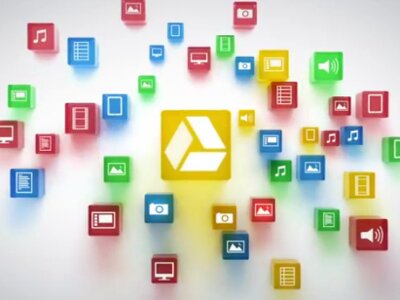
Yes, it’s finally here.
After years of speculation; Google launched Google Drive, which is their cloud storage service. In theory, it existed ever since Gmail came out with its insane storage capacity; the only catch was that it lacked an interface.
However Google Drive is more than just network storage. Google is plugging it as collaboration as well as storage tool. With that spirit in mind, the Google Docs service has been shifted to Google Drive. Therefore, any user can work with others (in real time) on documents, spread sheets and presentations. Once this content is shared with others, comments can be added on anything (PDFs, images, video files etc.) and the user can also receive notifications when other people comment on shared items.
Google is also promoting a few apps available for Google Drive which allow any user to edit videos and images, and create mock-up designs. It has also launched the Android app on the Android Play Store. For now, this app seems to be more Google Docs-oriented rather than an actual complete cloud storage app like the DropBox app for Android. The ability to create folders is sorely missed on the Android app since this can be done only using the web interface. An app for iOS devices is expected soon.
It offers 5GB of storage for free. People pay on an increasing scale for more space and this seems to be a convenient solution. Of course, Google is a little late since Apple, Microsoft and DropBox are already players in this rapidly developing market. So, what is different? Well, according to an official blog post, Google Drive will take cloud storage one step further.
It will have advanced features such as photo recognition, as the official announcement states: “We also use image recognition so that if you drag and drop photos from your Grand Canyon trip into Drive, you can later search for [grand canyon] and photos of its gorges should pop up.”
Besides this, it is said to have Optical Character Recognition (OCR) built in and therefore, even a scanned document can be searched directly for the words that appear in the document. For example, you scan your physical report card and upload it to Google Drive; you will be able to search the document for your Physics marks by just typing [physics].
So where does this new offering stand in comparison to its competition? Well here’s a quick comparative table for you to decide. But I like the way Stephen Shankland from CNET puts it; he says something which has a large convenience value – users should use all of these services so as to have access to a combined large storage space for free.
